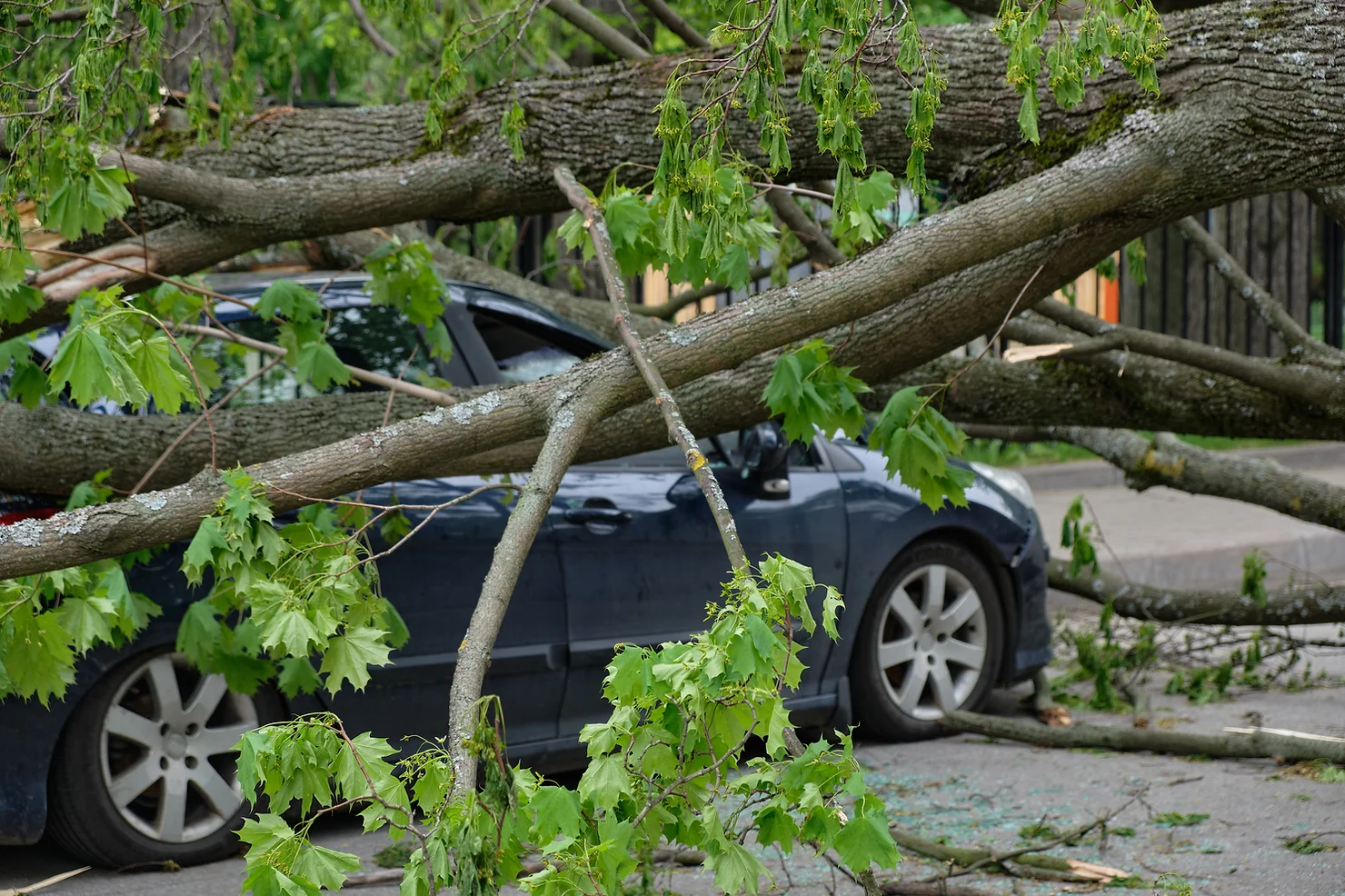
A Guide to Detecting Subtle and Serious Roof Damage Before It’s Too Late
Don't let roof damage go unnoticed. Learn the signs and prevent costly repairs. Protect your home with our expert advice …

High winds can wreak havoc on your property, particularly if you're unprepared. But with some strategic planning and prudent measures, you can protect your home and family from the damaging impact of severe storms and wind events. This comprehensive guide walks you through the steps to prepare for high wind events, from roof and siding inspections to necessary replacements, ensuring your home can withstand the elements.
High winds can occur due to a range of weather events, including severe thunderstorms, hurricanes, and even differences in air pressure. High winds, defined as sustained winds of 40 mph or greater or gusts to 58 mph or greater, can cause significant damage, including downed trees and power lines, flying debris, and in extreme cases, building collapses.
Your roof is your home's first line of defense against the elements, making it crucial to ensure it's in top condition. A roof inspection by a professional like Lifetime Quality can identify potential weak spots and necessary repairs.
Preventive measures such as replacing missing or damaged shingles, securing loose roofing materials, and reinforcing the roof structure can go a long way in protecting your home. In some cases, a roof replacement might be the best course of action, particularly for older roofs or those that have sustained significant damage.
Just like your roof, your home's siding plays a crucial role in protecting it from high winds. An inspection can identify areas of damage or weakness that could be exploited by high winds. Depending on the extent of the damage, you may need to consider a siding replacement.
Large trees and overhanging branches near your home pose a significant risk in high winds. Trimming these back can help prevent them from causing damage to your property.
Loose items around your home, such as patio furniture, potted plants, and garbage cans, can become dangerous projectiles in high winds. Secure these items indoors, or if that's not possible, anchor them securely outside.
Monitor weather alerts from reliable sources such as The Weather Channel, NOAA, and local media outlets. Take all warnings seriously and act accordingly.
Your emergency kit should include necessities to sustain your family for at least 72 hours. This includes non-perishable food, bottled water, flashlights, batteries, blankets, clothing, toiletries, and essential medication.
Know your community's disaster preparedness plan and evacuation route. Arrange a common meeting place or single point-of-contact for all family members. If you have pets, ensure you have a plan for their evacuation as well.

Shutters or impact-resistant glass can protect windows, doors, and skylights from high winds. Plywood can be used as last-minute protection.
Your external doors should have at least three hinges and a deadbolt that fully secures into the doorjamb. Consider doors constructed of solid wood or hollow metal for added strength.
Garage doors are particularly susceptible to high winds. Consider installing a wind retrofit kit or storm bars to strengthen the door and prevent it from being blown in.
If you're in a potential flood zone, move your vehicle to higher ground or park it in a sheltered area. Avoid parking under trees, power lines, or in low-lying areas.
The safest place during high winds is indoors. Identify a shelter room in your home, ideally on the first floor, in the central part of the house and with no windows.
If possible, avoid driving during high winds. If you must drive, keep both hands on the wheel, slow down, and watch for flying debris.
Once the storm has passed, assess the damage to your home and property. Take steps to prevent further damage, such as covering damaged roofs with tarps and boarding up broken windows.
If your home has sustained damage, contact your insurance company as soon as possible to start the claims process.
Preparing for high winds can seem daunting, but with the right steps, you can ensure your home and family are protected. Remember, Lifetime Quality is your local company to call for siding or roof inspections and replacements. Stay safe and be prepared!